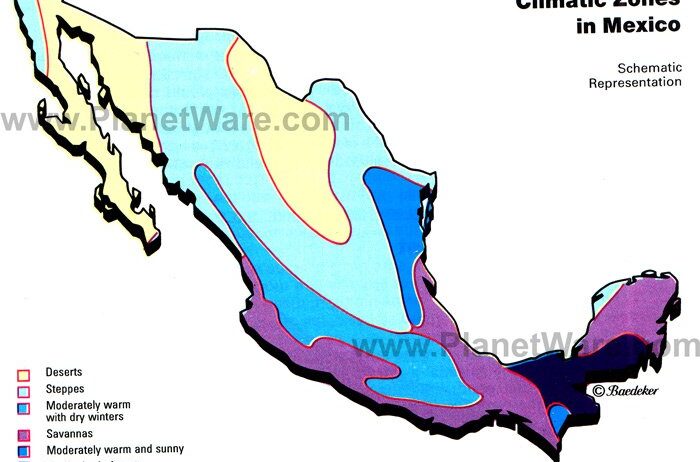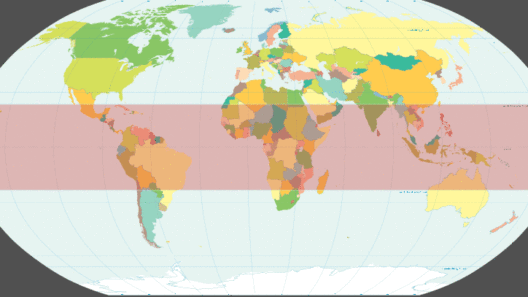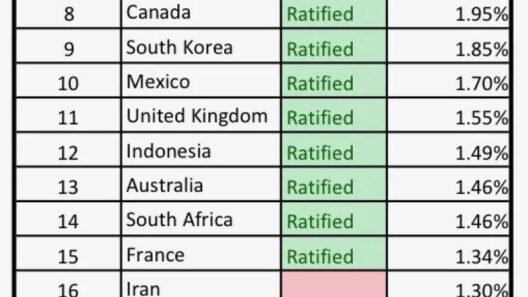From the arid expanses of the Sonoran Desert in the north to the lush, verdant tropics of the Yucatan Peninsula in the south, Mexico presents a mesmerizing tapestry of climatic diversity. Each region of this vast nation possesses its own unique environmental characteristics, creating a rich mosaic that influences not only the local ecology but also the cultural and economic activities of its inhabitants. Understanding Mexico’s climate is akin to reading a poetic narrative, each word layered with meaning and interpretation, resonating through its geography and people.
At the northernmost reaches of Mexico lies the Sonoran Desert, a testament to resilience and adaptability. This region, characterized by its sweeping sand dunes and jagged mountain ranges, is often described as a soliloquy of endurance. The sun beats down mercilessly, with daytime temperatures often soaring above 100°F, while nighttime plunges into a stark chill. Here, the sparse vegetation and unique fauna, such as the saguaro cactus and the roadrunner, demonstrate the remarkable capacity of life to flourish in adversity. The arid climate shapes the culture, too; indigenous peoples have cultivated a deep respect for water conservation, adapting their agricultural practices to the meager rainfall that dusts the land.
Shifting southward, one enters the highlands of central Mexico, an area where altitude brings a surprising amalgamation of climatic nuances. The elevation transforms the landscape into a temperate paradise, with mild summers and cool winters—a stark contrast to the oppressive heat of the north. Cities like Mexico City and Guadalajara thrive in this milder climate, fusing pre-Hispanic heritage with modern urban life. The interplay of temperature and altitude creates distinct microclimates, leading to a plethora of agricultural products that benefit from favorable growing conditions. Corn, the sacred crop, flourishes here, underscoring its fundamental role in both the diet and culture of the Mexican people.
Further south, the climate morphs dramatically as the land descends towards the coastal regions and lowland jungles. The warm Caribbean breezes sweep across the Yucatan Peninsula, inviting a distinctly tropical climate characterized by humid summers and mild winters. This metamorphosis is not merely geographical; it symbolizes a shift in lifestyle and community. The coastal towns are vibrant, teeming with the sounds of laughter and the scents of abundant seafood—cuisine that mirrors the ocean’s gifts. Here, sun-soaked beaches beckon travelers, and the rich biodiversity attracts ecologists and nature enthusiasts alike.
The interplay between land and water in areas like the Gulf of Mexico creates an intricate ballet of weather patterns, punctuated by the threat of hurricanes during the summer months. These colossal storms serve as a stark reminder of nature’s fury, a divine orchestration of both creation and destruction. Tropical storms and hurricanes, while disruptive, play a critical role in the replenishment of aquatic ecosystems, illustrating a profound paradox: beauty and brutality coexisting within the parameters of climate.
Additionally, Mexico’s climate is not static; it dances to the tune of global climate change. Rising temperatures and erratic weather patterns are increasingly evident, challenging age-old practices and prompting a pivotal reevaluation of sustainable methods. Farmers grapple with shifting growing seasons and unpredictable rain cycles, spurring both uncertainty and innovation. The intense droughts in the northern regions threaten livelihoods, while the southern states face the dual antagonists of flooding and soil degradation. It is a clarion call to action, urging collective responsibility toward environmental stewardship.
As the nation’s diverse climates influence agriculture, tourism, and cultural practices, they also shape policies and governance. Mexico stands at a crossroads, confronted by the necessity of integrating sustainable development with economic growth. How can a country so rich in natural resources navigate the precarious waters of environmental management? Legislation aimed at protecting natural resources is essential, but must be coupled with grassroots initiatives that engage local communities. The unique climatic zones offer abundant opportunities for renewable energy, particularly solar and wind, which could illuminate a sustainable path forward.
In the shadows of towering mountains and sprawling deserts, there lies an opportunity for change—an opportunity to reframe how one perceives the relationship between climate and society. Educating communities about the importance of climate resilience can empower them to take charge of their environmental destinies. The remarkable climatic variations across Mexico are not merely random; they are intricately woven into the identity of the nation, shaping its people and cultures in profound ways.
In conclusion, Mexico’s climate is an intricate narrative that embraces diversity and resilience. From the forbidding landscapes of the desert through the temperate joy of the central highlands to the sultry embrace of the tropical south, every region possesses stories waiting to be told. The vibrant interplay of ecosystems reveals the necessity of harmonious coexistence with nature. As global changes loom on the horizon, it is imperative that Mexico, with its unparalleled climatic diversity, becomes a beacon of innovation and sustainability. Through respect, knowledge, and careful stewardship, this nation can continue to thrive—a veritable mosaic of life, culture, and climate, aligning towards a hopeful future.








